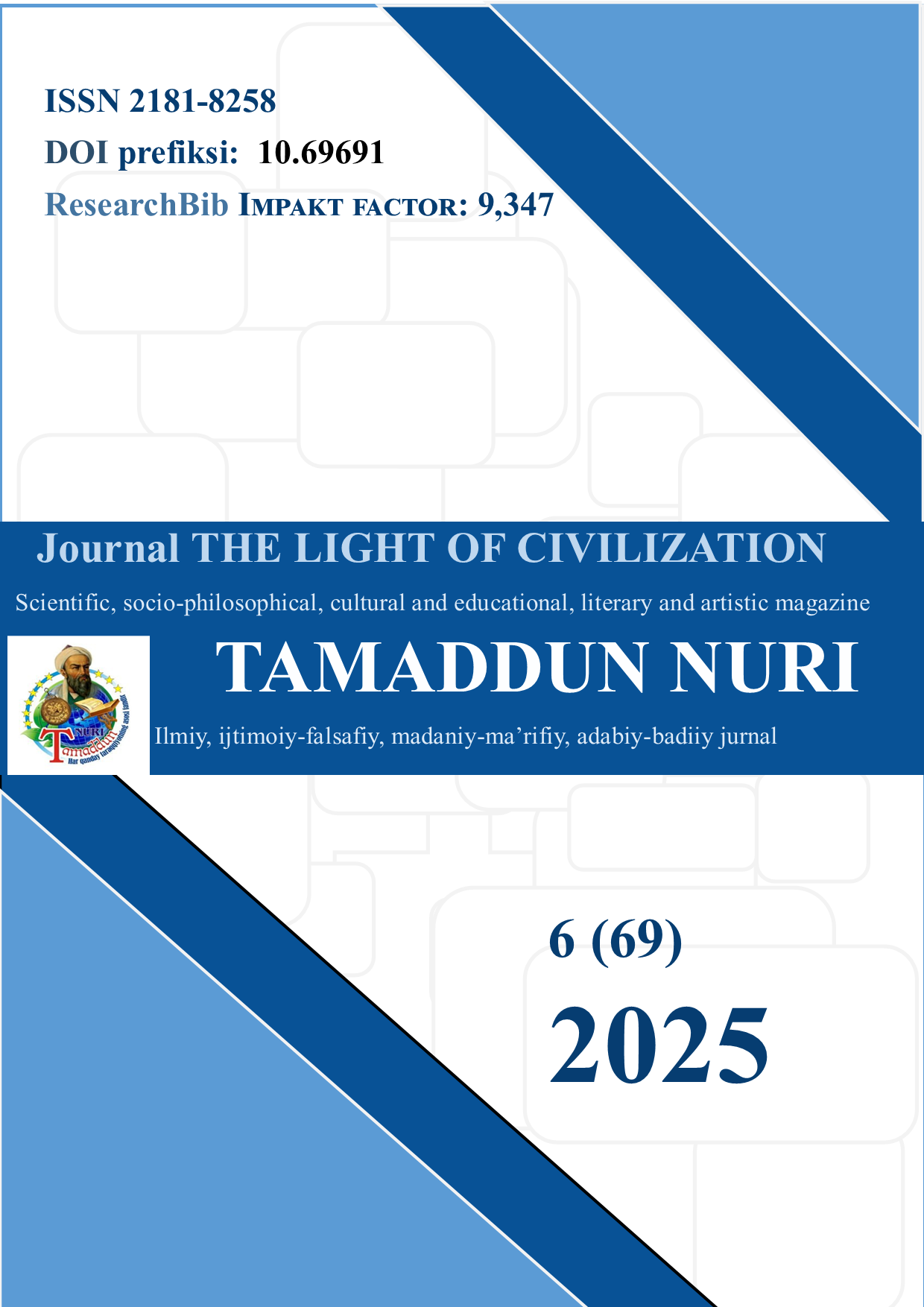THE INTERPRETATION OF THE WORD “HEART” – “YURAK” IN ENGLISH LITERATURE AND ITS ARTISTIC TRANSLATION INTO UZBEK (BASED ON JANE AUSTEN’S “PRIDE AND PREJUDICE”)
DOI:
https://doi.org/10.69691/mvx4t482Keywords:
heart, emotional nuance, metaphor, literary translation, semantic analysis, stylistic shift.Abstract
This article analyzes the semantic, stylistic, and cultural nuances of the word “heart” in English literary texts and its artistic translation into Uzbek. The study focuses on examples from Jane Austen’s novel “Pride and Prejudice” and their corresponding renderings in Uzbek, particularly examining how emotional and metaphorical meanings are preserved, lost, or adapted in translation. Through grammatical and stylistic analysis, the research highlights the importance of conveying emotional subtlety (“emotional nuance”) and metaphorical depth in cross-cultural literary translation. The findings reveal that while the Uzbek translations capture the core meaning, certain emotional and stylistic layers of the original are occasionally omitted or transformed in accordance with the target culture’s expressive norms.
References
Alsadi Hanan A Contrastive Study of Conceptual Metaphor between Arabic and English. PhD Dissertation, Al-Yarmouk University, Irbid, Jordan. 2011.
Austen Jane. Pride and Prejudice. – New York. 1813. – 476 p.
Galperin I. R. Stylistics. Higher School Publishing House. 1977.
Ismoilova M. Andisha va g‘urur. – Toshkent. 2017. – 404 b.
Leech G. & Short. Style in Fiction. Longman. 1981. – 182 p.
Sharif A. Metaphorical Conceptualization of Happiness and Anger in English and Arabic: A Comparative Study. MA Thesis, Yarmouk University, Irbid, Jordan. 2007.
Downloads
Published
Issue
Section
License
Copyright (c) 2025 Journal of Tamaddun Nuri

This work is licensed under a Creative Commons Attribution-NoDerivatives 4.0 International License.



